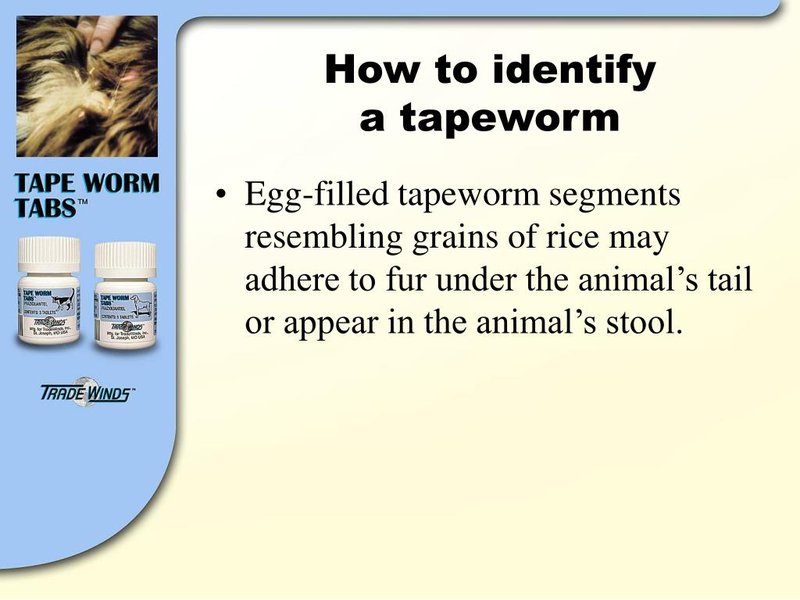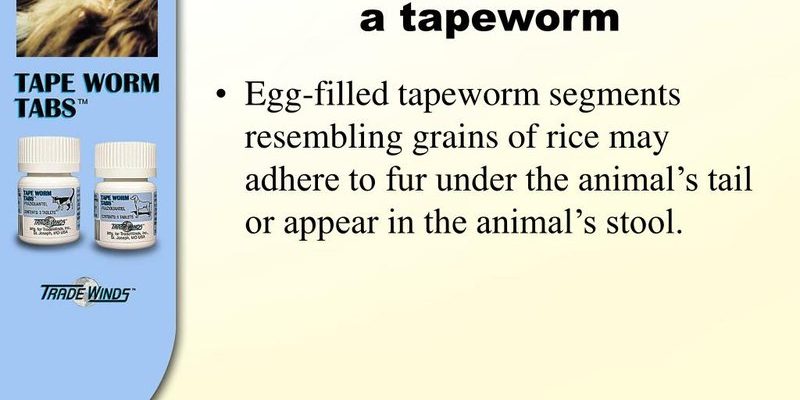
Now, many people think of tapeworms as something related strictly to pets or even the human digestive system. You might be surprised to learn that these parasites often live in the wild, within host animals such as rodents, livestock, or even larger wildlife. So, how do you spot one of these fascinating creatures in nature? Let’s dive deep into the world of tapeworms and discover the clues that can lead you to them.
Understanding Tapeworms: What Are They?
Tapeworms belong to a class of flatworms known as Cestoda, which are quite different from your run-of-the-mill earthworms. To visualize it simply, think of them like ribbons that can stretch for several feet! They live in the intestines of their hosts, where they can soak up nutrients like a sponge. Their bodies are made of segments called proglottids, which can break off and spread to new hosts, making them incredibly efficient at reproducing.
One of the interesting things about tapeworms is that they don’t have a mouth or digestive system. Instead, they absorb nutrients through their skin. This means they depend entirely on their host for survival. If you’re wondering what hosts they typically latch onto, think of animals like dogs, cats, pigs, and even humans. Understanding this basic biology gives you a clearer picture of where to look when searching for tapeworms in nature.
Where Do Tapeworms Live?
To spot a tapeworm in its natural habitat, it’s crucial to know where to look. Tapeworms predominantly dwell in the intestines of their hosts, which can vary greatly. You might find their eggs in places where these animals frequent, be it a farm, forest, or even urban areas where feral cats roam.
Here are some typical habitats:
- Domestic Animals: Tapeworms often thrive in household pets. If a dog or cat has been eating infected rodents or fleas, they might host a tapeworm.
- Farm Animals: Livestock, like pigs and cows, can also be carriers, especially if they graze in areas contaminated with tapeworm eggs.
- Wildlife: In a natural setting, tapeworms can be found in wild animals like deer or raccoons, which ingest eggs and become hosts.
You might be thinking, “How do I know if I’m in the right spot?” Look for signs of animals that could potentially harbor these worms. Droppings or animal tracks can be good indicators that you’re in the right area.
Life Cycle of Tapeworms: A Closer Look
Understanding the life cycle of tapeworms helps in identifying them. The cycle starts when a host animal ingests tapeworm eggs, often through contaminated food or water. Once inside, the eggs hatch, and the larvae attach themselves to the intestinal wall. Over time, they grow and segment into the recognizable flat shapes we associate with tapeworms.
After they reach maturity, segments of the tapeworm (proglottids) can break off and exit through the host’s droppings. Each of these segments can contain hundreds of eggs, ready to start the cycle over again. If you’re near an area where you see animal feces, especially from potential hosts, you may also spot proglottids—small, rice-like segments that are a telltale sign of tapeworms.
By understanding this cycle, you can better identify environments where tapeworms might flourish. Look for signs of droppings or areas where animals feed, as it can lead you right to these fascinating creatures.
Signs of Tapeworms in Hosts
If you’re trying to identify tapeworms, watching for signs in animals can give you clues. If you notice that an animal is excessively licking or biting at its rear end, it could be a sign of a tapeworm infection. Moreover, you might see the characteristic proglottids in their feces. These segments often resemble small grains of rice or cucumber seeds, and they can be found moving outside the host’s body.
Here’s what to look for:
- Weight Loss: Despite a healthy appetite, infected animals may lose weight due to nutrient absorption issues.
- Itching: Infected pets often exhibit signs of discomfort, rubbing against surfaces to relieve irritation.
- Visible Segments: Check the fur around their rear; segments may sometimes cling to fur.
If you spot any of these signs, it’s wise to consult a vet or wildlife expert. Identifying tapeworms in their hosts can help prevent further spread and protect other animals.
Methods to Identify Tapeworms in Nature
To spot tapeworms in nature, you need both keen observation and some knowledge of where to look. A good starting point is to explore areas frequented by wildlife or pets. Pay attention to water sources, as these are often sites of contamination.
Here are some practical tips:
- Check Animal Droppings: Look for proglottids in feces, which can indicate tapeworm presence.
- Survey Feeding Areas: Look in spots where animals forage for food; these locations might host tapeworm eggs.
- Observe Animal Behavior: Unusual behaviors, like excessive grooming, can signal an infection.
Getting your hands dirty in nature is part of the adventure! Whether you’re in a park or exploring a wooded area, keeping an eye out for these signs can lead you to tapeworms.
Why Identifying Tapeworms Matters
Identifying tapeworms in their natural habitat isn’t just for scientists or wildlife enthusiasts—it’s vital for everyone. By spotting these parasites, we can help control their populations, protect wildlife, and prevent the spread to domestic animals and humans. As you might guess, tapeworms in pets can lead to serious health issues, so being vigilant can make a real difference.
You might be surprised at how interconnected everything is in nature. By observing and understanding tapeworms, you’re contributing to a healthier ecosystem. Spotting these creatures can help wildlife officials and pet owners address infections before they become a more significant problem.
So, here we are, navigating the fascinating and often overlooked world of tapeworms. By knowing where to look and what signs to watch for, you’re well on your way to identifying these creeping creatures in their natural habitat. It’s a bit like being a detective in the wild!
Whether you’re a curious beginner or someone with a keen interest in wildlife, identifying tapeworms can add another layer of understanding to the world around us. Remember, knowledge is empowerment, and being informed about these fascinating parasites not only protects our furry friends but also helps maintain balance in our ecosystems. So, keep your eyes peeled and your curiosity alive—you never know what you might discover out there!

